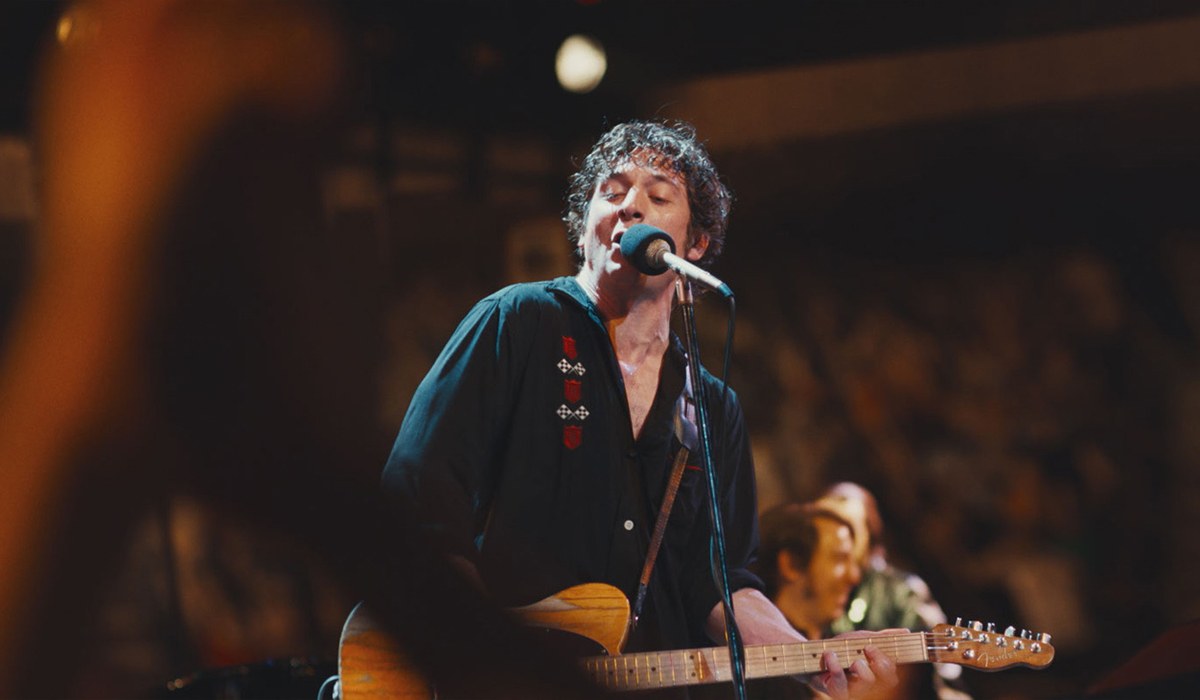A showbiz rock ’n’ roll version of Hamilton
Imagine a stage that fuses Broadway storytelling with the raw urgency of arena rock. The result is loud, propulsive, and unapologetically theatrical. It pushes the familiar musical into a new, sweat-soaked territory.
At its core this is a story-driven concert, not a straight play. Songs carry plot beats the way monologues do in traditional theater. The music never takes a vacation from advancing character or conflict.
Vocals are gritty where you expect polish, and arrangements ripple with distortion and brass. That contrast gives the production its signature edge. It feels modern without losing narrative clarity.
Choreography borrows from both rock concerts and musical theater. Dancers and singers move like a band and like a company all at once. That crossover keeps the audience guessing and excited.
Design leans into spectacle: lights slam in time with guitar hits and the set changes at a breakneck pace. Costumes reference streetwear and stage glam equally. Visuals never let the energy flag.
Performances demand actors who can belt, act, and sustain high intensity night after night. That rarity raises the stakes and makes a strong cast essential. When it clicks, the payoff is electric.
Songwriting blends hooks with narrative purpose, so choruses hit like plot revelations. Verses reveal motives and backstory with the urgency of a confessional. The score earns both applause and understanding.
Directing choices favor momentum over meditation, so scenes are often short, kinetic, and sharply cut. That keeps pacing tight and audience attention locked in. It can feel relentless in the best way.
Audience reaction tends to split between theater traditionalists and rock fans who crave spectacle. Both camps find something to grab onto. The challenge is balancing reverence for story with the thrill of sound.
Sound design is a make-or-break element, since clarity must survive volume and texture. When engineered well, every lyric lands even amid the roar. Poor balance, by contrast, flattens character and confuses plot.
Comparisons to the cultural phenomenon of Hamilton are inevitable but not exact. This version trades hip-hop rhythms for distorted guitars and stadium-sized choruses. It borrows Hamilton’s appetite for reinvention while following its own beat.
Producers face commercial questions: Will traditional theatergoers buy in, and can rock audiences accept a structured narrative? The gamble is part of the appeal. Success means opening new fans to both forms.
Critically, the piece asks whether theatrical storytelling can survive maximum decibel levels. The answer lies in craft: tight book, purposeful arrangements, and disciplined performers. When those elements align, messages cut through the noise.
There’s also a cultural payoff: the hybrid form broadens access and resets expectations for what musical theater can sound like. It invites listeners who might never darken a Broadway door to experience dramatic stakes live. That crossover potential is a rare asset.
Financially, this hybrid needs scale; it wants venues that amplify energy without swallowing nuance. Touring models and festival slots can help it find the right rooms. The production’s appetite for volume shapes every business decision.
At its best, the show feels like a communal release: cathartic, loud, and unmistakably theatrical. It doesn’t aim to replace classic musicals—it expands the vocabulary of the stage. That sense of invention is its strongest claim to attention.
For anyone curious about where musical theater might go next, this fusion offers a direct line. It’s brash, theatrical, and undeniably modern. Whether you call it daring or divisive, it refuses to be quiet.

